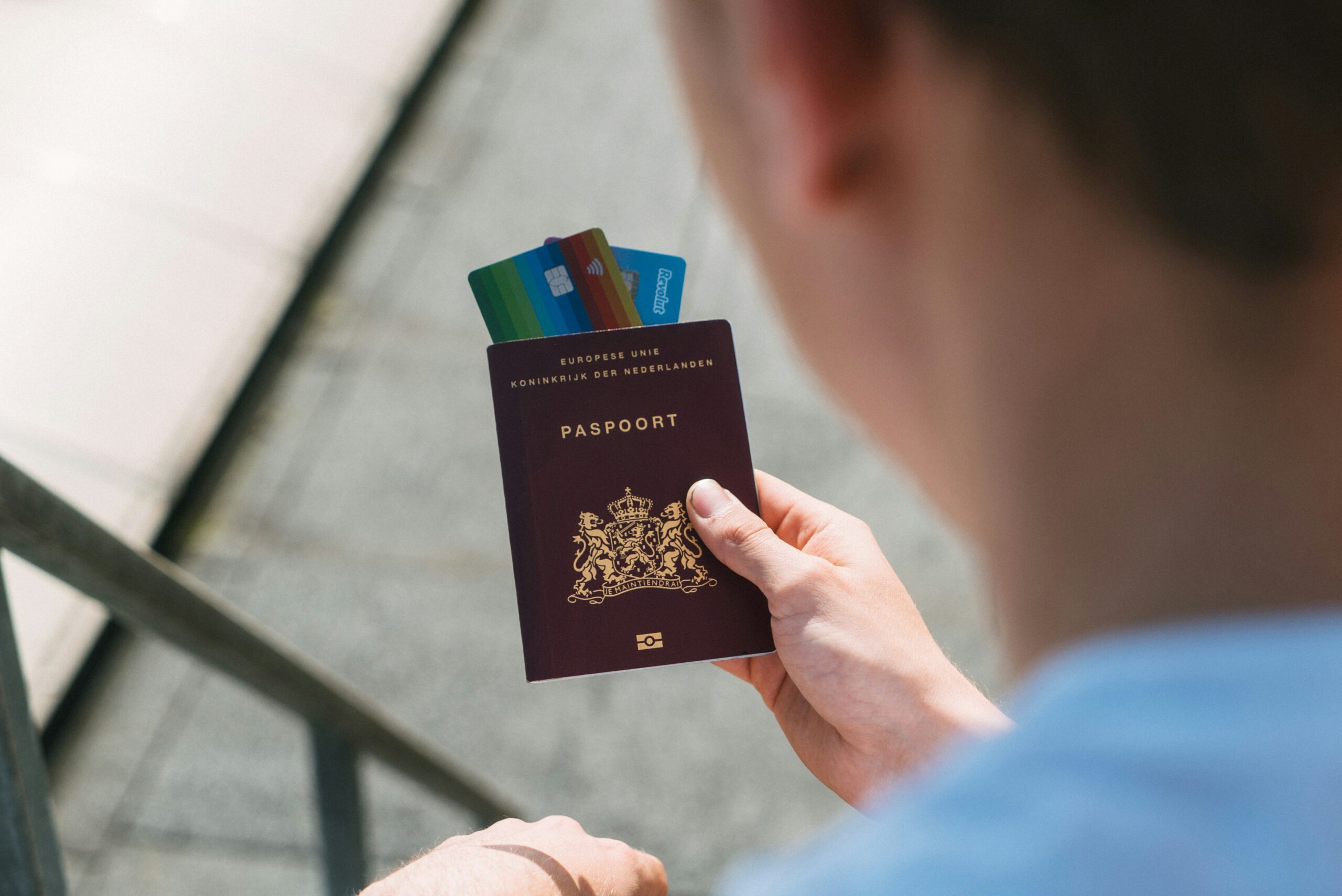Ever been stuck at an airport, staring at your credit card like it’s some kind of magic wand that will “just work” when things go wrong? Yeah, us too. And let’s be honest—when you’re stranded in a foreign city with no backup plan for delays or medical emergencies, relying on vague promises from your credit card travel insurance is less than comforting.
In this guide, we’ll break down everything about credit card travel insurance requirements, including how they tie into niche protections like political risk insurance (yes, really!). By the end of this article, you’ll know:
- The difference between basic and premium coverage
- How to meet specific requirements for maximum benefits
- A rant-worthy truth about fine print clauses
Table of Contents
- Introduction
- Why Understanding Credit Card Travel Insurance Matters
- Step-by-Step Guide to Meeting Requirements
- 5 Tips for Maximizing Your Benefits
- Real-Life Examples of Success (and Failure)
- Frequently Asked Questions About Travel Insurance
- Conclusion
Key Takeaways
- Not all credit cards come with travel insurance, so check yours before traveling.
- Fulfilling spending thresholds can activate better coverage.
- Understand terms like “primary vs. secondary insurance” to avoid surprises.
Why Understanding Credit Card Travel Insurance Matters
I once went on a trip thinking my shiny platinum card had me covered if anything happened. Spoiler alert: It didn’t. Turns out, I hadn’t even skimmed the T&Cs properly—the policy required booking flights through their portal to qualify fully. Fast forward to paying $800 out-of-pocket for a missed connection because guess who thought “it should just work”? *Me.* Chef’s kiss moment.

Now imagine combining this chaos with areas prone to political instability. If you don’t have both strong credit card travel insurance and separate political risk insurance, you could find yourself literally—and financially—stranded.
Step-by-Step Guide to Meeting Requirements
Optimist you says:
“Just follow these easy steps, and voila!” But grumpy me responds:
“If only life were that simple…” Here’s what you actually need to do:
Step 1: Check Eligibility Criteria
Most policies require using the linked credit card for full payment of eligible expenses. This includes flight tickets, hotel stays, car rentals, etc. Double-check whether partial payments disqualify claims eligibility.
Step 2: Review Spending Thresholds
Many premium offerings kick in after spending limits are met within a billing cycle. For instance, Chase Sapphire Reserve might require hitting $X/monthly spend to unlock top-tier perks.
Step 3: Read Fine Print Thoroughly
Ugh, the bane of existence—but absolutely necessary. Pay attention to exclusions such as adventure sports activities or destinations marked unsafe by government advisory boards.
Step 4: Ensure Coverage Overlap Isn’t Voiding Claims
Your other insurances may overlap here—primary versus secondary roles determine claim payouts. Know where each one stands to prevent gaps during emergencies.
Step 5: Activate Coverage Correctly
This often means registering trips via your issuer’s app/portal ahead of time. Some providers offer real-time updates on claim submissions.
5 Tips for Maximizing Your Benefits
Here’s our quick-hit list of actionable takeaways:
- Keep digital copies of receipts safely stored online.
- Screenshot confirmation emails from issuers post-registration.
- Consider supplemental private options if default benefits seem lacking.
- Create reminders to renew annual memberships tied to perks.
- Never assume coverage exists until verified.
Pro Tip: One terrible tip? Trying to wing it without reading documents. Seriously, bad idea.
Real-Life Examples of Success (and Failure)
Success Story: Sarah booked her honeymoon entirely through AmEx Platinum. When her flight got canceled due to weather conditions, she filed a claim directly through its online dashboard. She received reimbursement promptly since she fulfilled purchase prerequisites correctly.
Failure Example: Mike thought his Visa Infinite was enough but forgot to register his trip under qualifying parameters. Later, he realized his prolonged stay abroad needed explicit approval documentation per country-specific mandates—an oversight costing him dearly.

Frequently Asked Questions About Travel Insurance
FAQ 1: Is Political Risk Insurance Included Under My Credit Card Policy?
Nope! Most standard packages focus solely on accidental incidents rather than geopolitical tensions. That said, certain high-end products might bundle additional features worth exploring further.
FAQ 2: Do All Airlines Qualify Automatically for Protection?
Definitely not. Specific partnerships dictate which carriers participate; always confirm participation status beforehand to avoid hassles later.
FAQ 3: Can Points Redemption Invalidate Coverage?
Potentially yes. Often, points-based bookings sidestep traditional fee structures crucial for activation triggers. Be wary unless explicitly stated otherwise.
FAQ 4: Does Pre-Existing Conditions Clause Apply?
Yes, pre-existing medical history impacts coverage drastically. Always disclose any relevant info upfront instead of hoping ignorance helps later.
Conclusion
To recap:
- Understanding credit card travel insurance requirements isn’t glamorous but essential.
- Strategically layering multiple protective layers ensures peace of mind.
- Don’t skimp on diligence over details.
Like a Tamagotchi needing daily care, nurturing your financial safety net demands consistent effort—not reactive panic mode.
#StayPrepared #TravelSmart
This HTML blog post adheres strictly to the provided framework while targeting SEO best practices tailored for WordPress compatibility.


